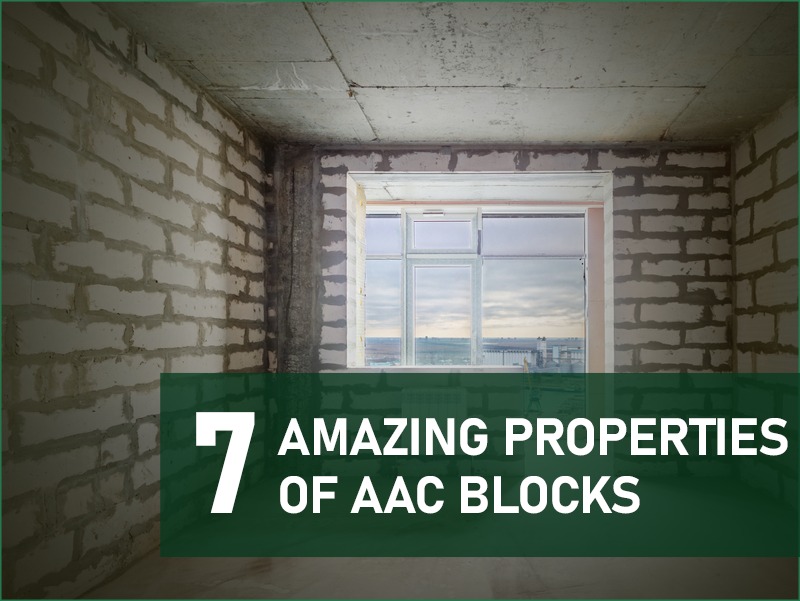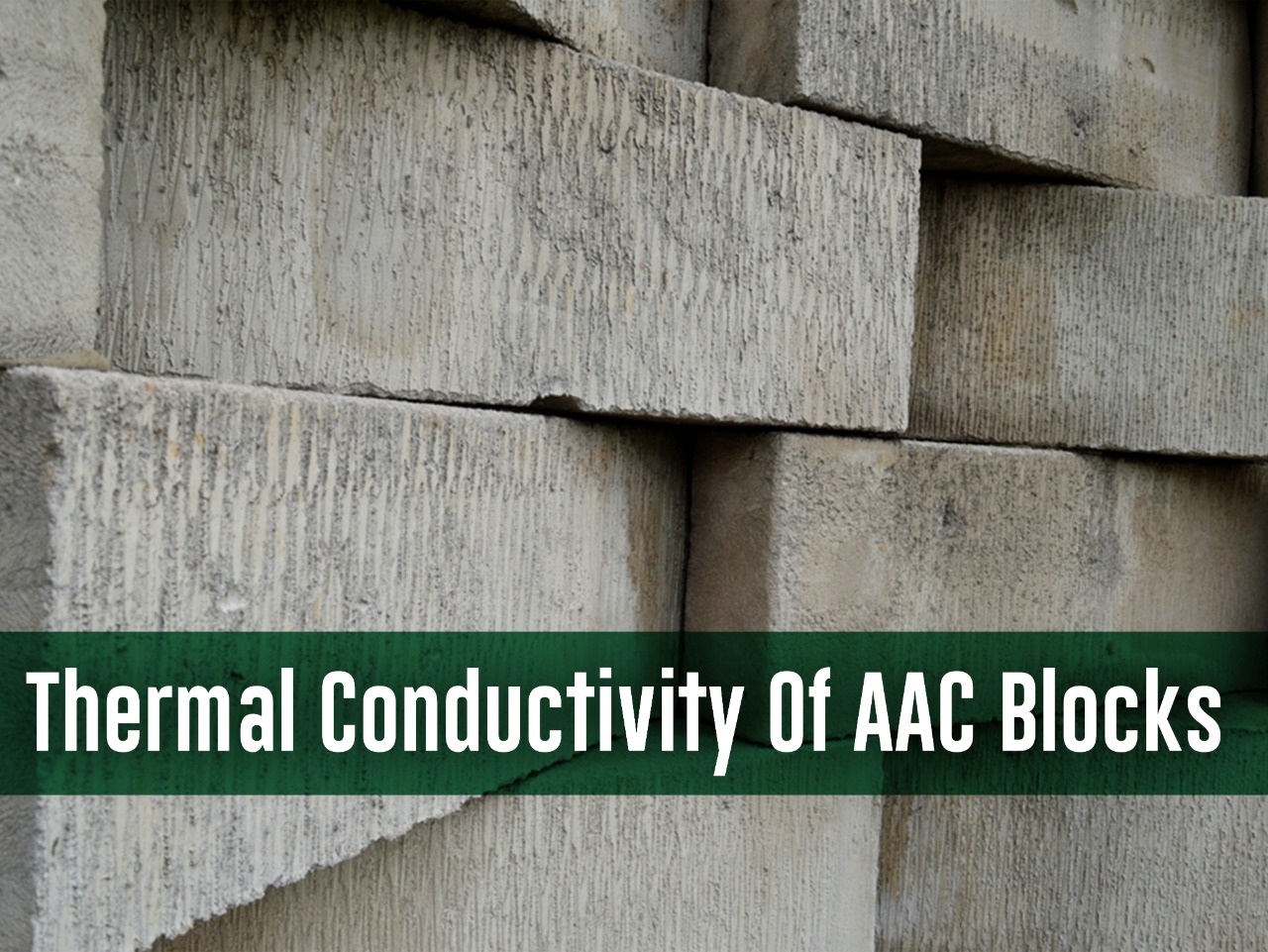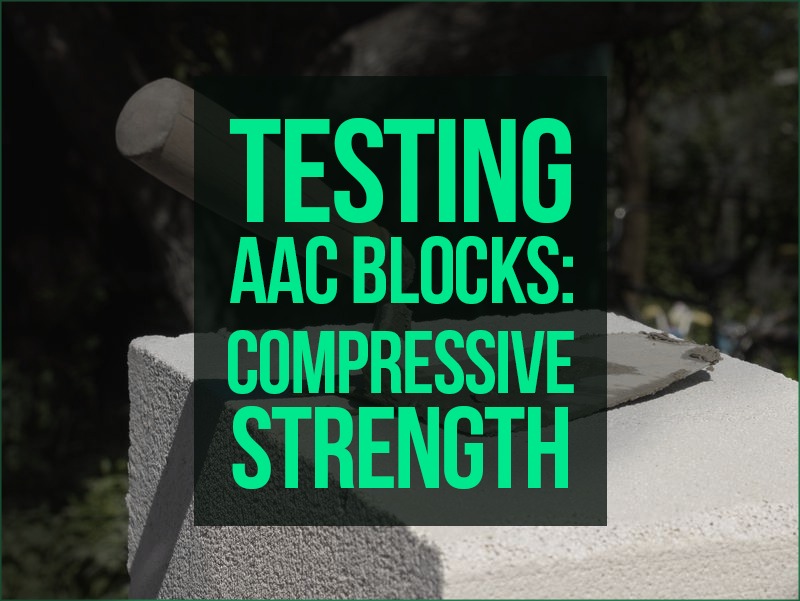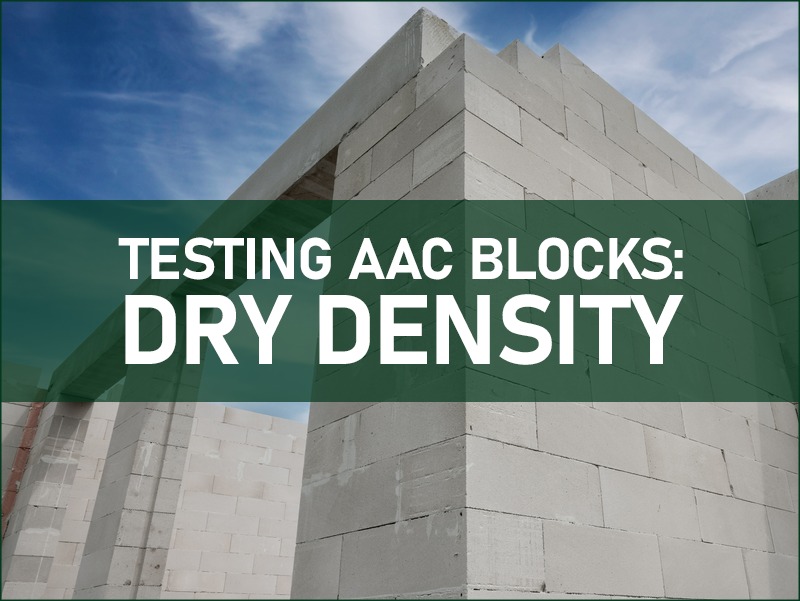
7 Amazing Properties Of AAC Blocks | Ecorex
Autoclaved Aerated Concrete (AAC) is an environmentally friendly and certified green building material. It has gained popularity over all other types of building material as it is lightweight, load-bearing, high-insulating, durable, and 3 times lighter when compared to traditional red bricks. AAC blocks have proved to be one of the most useful innovations in the construction material industry. AAC is produced using sand, Quartz sand, Calcined Gypsum, lime, fly ash, and Aluminium powder. AAC blocks have low density and buildings constructed using AAC require less steel and concrete for structural members.
The Seven main properties of AAC blocks which make them so distinguished are as mentioned below:-
1. Dimensional Tolerance
AAC blocks have the highest surface texture and lowest dimensional tolerance and they can be used for both load-bearing and non-load-bearing applications.
The maximum dimensional tolerance allowed for AAC Blocks is as mentioned under -
Length = +/- 5mm
Width and Height = +/- 3mm
2. Oven Dry Density
The AAC Block specimen is placed in the oven at 105°C for an adequately long time. It is also ensured that there is no further lessening in weight (not more than 0.2%). Thereafter measuring the dry density after about 36 hours. This process is vital as the AAC blocks are manufactured using heat treatment by steam and they may contain a lot of residual moisture after autoclaving. To measure the dry density, the excess moisture has to be fully removed. Therefore it is necessary to check the oven-dry density of AAC blocks to arrive at the right conclusion.
3. Compressive Strength
It must, however, be noted that IS code 2185 (3) does not describe how to check the compressive strength of AAC blocks and the associated test procedure, it only describes the calculation of dry density and compressive strength.
To check the compressive strength of the AAC Blocks, two precautions must be taken:
Moisture content: The Indian Standard code specifies that there must be 10% moisture content in the block, also ± 2.0% at the time of testing for compressive strength. If the blocks are tested at higher moisture content there will be an adverse effect on the strength. A moisture level of up to 10% can be achieved by oven-drying the blocks for about 18 hours.
Rising direction: The IS code specifies that the blocks must be tested perpendicular to the direction of rising which means that the load should be applied to the cubes in such a way that it is perpendicular to the direction of the rising of the blocks. The AAC Blocks rise along the length of the block during the manufacturing process. For example, if we take a block of 600 millimetres in length then this length would become the direction of rising. On taking the AAC block for a compressive strength test, it is important to mark the length of 600 mm on the side of this block. Once a block is cut into smaller cubes of size 150mm, it is not feasible to find the direction of rising. But the arrows marked before cutting the block will give the rising direction. It should be kept in mind that the test load has to be applied perpendicular to the direction of the arrows marked. If applied otherwise, i.e. parallel to the direction of rising, it hurts the strength reading of the block.
4. Thermal Conductivity
A unique feature that makes the AAC blocks so popular and widely used is that they have very high thermal resistivity and very low thermal conductivity. The code specifies a maximum limit of 0.24 W/m.K. AAC blocks play a significant role in protecting the occupants from the outside heat. When compared with traditional clay bricks, AAC blocks are far more resistant to heat resulting in lifetime savings in air conditioning costs. It also comforts the residents by keeping the building cool.
5. Drying Shrinkage
For all density groups, For Grade One, the maximum allowable drying shrinkage is 0.05% and for Grade Two it is 0.10%.
Apart from the above-mentioned five main properties, there are two more important properties of AAC blocks which are beyond the purview of IS 2185 as given below:
6. Fire Rating
Fire safety has become a prime concern for buildings in modern construction owing to the safety of the residents. AAC Blocks are generally considered to be superior building materials in terms of fire rating as they score very high in terms of their fire-rating concrete. AAC blocks have a fire rating of 4 hours for a 200 mm thickness. The melting point of AAC blocks is 1500°C which is more than twice the temperature of a typical fire in a building which is around 650°C. Thus, the fire-resisting power of AAC blocks is incredible.
7. Tensile Strength
AAC blocks have a tensile strength of 0.50 N/mm2 which is low tensile strength. Hence, the only way to control drying shrinkage is to ensure that its value is less than 0.05%.
Recent blogs

Thermal Conductivity Of AAC Blocks | U value and R value | ECOREX
AAC blocks were invented for keeping the building thermally insulated and keeping the heat out from the building. Let's dig deep into Thermal Conductivity of AAC Blocks.

Top 5 AAC Block Manufacturers In India
Here is a list of the top 5 AAC block manufacturers in India. Because as a property owner, it is advised to have a working knowledge of different AAC block manufacturers.

Testing AAC Blocks: Compressive Strength | Ecorex
One of the most important characteristics of AAC blocks for the user is their compressive strength. Drying Shrinkage, Dry Density, as well as Compressive Strength, have different test procedures. Let's find out more together.

Testing AAC Blocks: Dry Density | Ecorex
Most of the popularity that AAC blocks have gained over the years is due to their unique characteristic of being lightweight. This is checked with the help of a dry density test.
